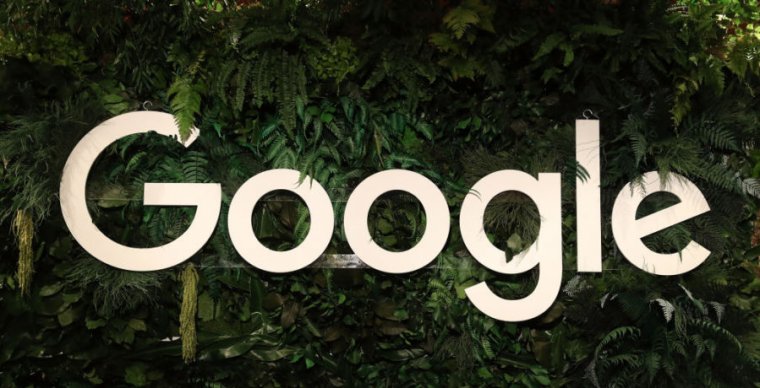When AI can make assets and text for ads, you don’t need humans to do it anymore.

Google is wrapping its head around the idea of being a generative AI company. The “code red” called in response to ChatGPT has had Googlers scrambling to come up with AI features and ideas. Once all the dust settles on that work, Google might turn inward and try to “optimize” the company with some of its new AI capabilities. With artificial intelligence being the hot new thing, how much of Google’s, uh, natural intelligence needs to be there?
A report at The Information says that AI might already be taking people’s jobs at Google. The report cites people briefed on the plans and says Google intends to “consolidate staff, including through possible layoffs, by reassigning employees at its large customer sales unit who oversee relationships with major advertisers.” According to the report, the jobs are being vacated because Google’s new AI tools have automated them. The report says a future restructuring was apparently already announced at a department-wide Google Ads meeting last week.
Google announced a “new era of AI-powered ads” in May, featuring a “natural-language conversational experience within Google Ads, designed to jump-start campaign creation and simplify Search ads.” Google said its new AI could scan your website and “generate relevant and effective keywords, headlines, descriptions, images, and other assets,” making the Google Ads chatbot one part designer and one part sales expert.
One ad tool, Google’s Performance Max (or “PMax” for short), got a generative AI boost after May’s announcement and can now “create custom assets and scale them in a few clicks.” First, it helps advertisers decide if an ad should be in places like YouTube, Search, Discover, Gmail, Maps, or banner ads on third-party sites. Then, it can just make the ad content, thanks to generative AI that can scan your website for material. (A human advertiser is still in the loop approving content—for now.) It’s called “Performance Max” because variations of your ad are still left up to the machines, which can constantly remix your ads in real time using click-through rates as feedback. Google’s official description is that “Assets are automatically mixed and matched to find the top performing combinations based on which Google Ads channel your ad is appearing on.”Advertisement
Changing ads on the fly with immediate click-through-rate validation and A/B testing is a task that no person would have the time to do. Also, no one would want to pay a human to do this much work, so having an AI monitor your ad performance sounds like a smart solution. The report also notes another benefit of making AI do this work: “Because these tools don’t require much employee attention, they carry relatively few expenses, so the ad revenue carries a high-profit margin.”
The Information report says, “A growing number of advertisers have adopted PMax since [launch], eliminating the need for some employees who specialized in selling ads for a particular Google service, like search, working together to design ad campaigns for big customers.”
According to the report, as of a year ago, Google had about 13,500 people devoted to this kind of sales work, a huge chunk of the 30,000-strong ad division. These 13,500 people aren’t necessarily all going to be affected, and those who are won’t necessarily be laid off—they could be reassigned to other areas in Google. We should know the scale of Google Ad’s big re-org soon. The report says, “Some employees expect the changes to be announced next month.”




